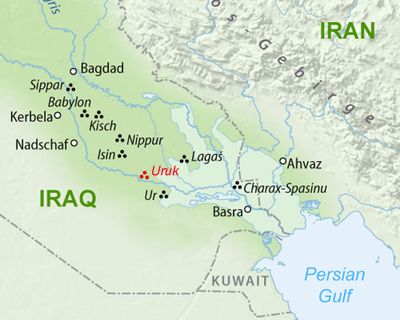Who was John of Patmos?
139:4.11 This son of Zebedee was very closely associated with Peter in the early activities of the Christian movement, becoming one of the chief supporters of the Jerusalem church. He was the right-hand support of Peter on the day of Pentecost.
139:4.12 Several years after the martyrdom of James, John married his brother's widow. The last twenty years of his life he was cared for by a loving granddaughter.
139:4.13 John was in prison several times and was banished to the Isle of Patmos for a period of four years until another emperor came to power in Rome. Had not John been tactful and sagacious, he would undoubtedly have been killed as was his more outspoken brother James. As the years passed, John, together with James the Lord's brother, learned to practice wise conciliation when they appeared before the civil magistrates. They found that a “soft answer turns away wrath.” They also learned to represent the church as a “spiritual brotherhood devoted to the social service of mankind” rather than as “the kingdom of heaven.” They taught loving service rather than ruling power— kingdom and king.
139:4.14 When in temporary exile on Patmos, John wrote the Book of Revelation, which you now have in greatly abridged and distorted form. This Book of Revelation contains the surviving fragments of a great revelation, large portions of which were lost, other portions of which were removed, subsequent to John's writing. It is preserved in only fragmentary and adulterated form.
139:4.15 John traveled much, labored incessantly, and after becoming bishop of the Asia churches, settled down at Ephesus. He directed his associate, Nathan, in the writing of the so-called “Gospel according to John,” at Ephesus, when he was ninety-nine years old. Of all the twelve apostles, John Zebedee eventually became the outstanding theologian. He died a natural death at Ephesus in A.D. 103 when he was one hundred and one years of age.
4. "The Gospel of John. The Gospel according to John relates much of Jesus' work in Judea and around Jerusalem which is not contained in the other records. This is the so-called Gospel according to John the son of Zebedee, and though John did not write it, he did inspire it. Since its first writing it has several times been edited to make it appear to have been written by John himself. When this record was made, John had the other Gospels, and he saw that much had been omitted; accordingly, in the year A.D. 101 he encouraged his associate, Nathan, a Greek Jew from Caesarea, to begin the writing. John supplied his material from memory and by reference to the three records already in existence. He had no written records of his own. The Epistle known as "First John" was written by John himself as a covering letter for the work which Nathan executed under his direction."

